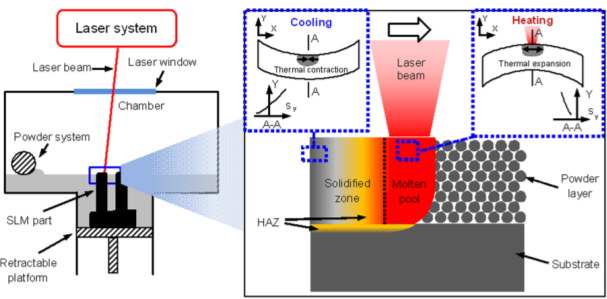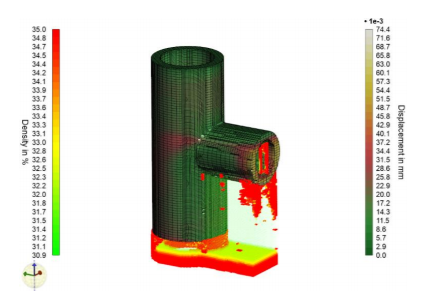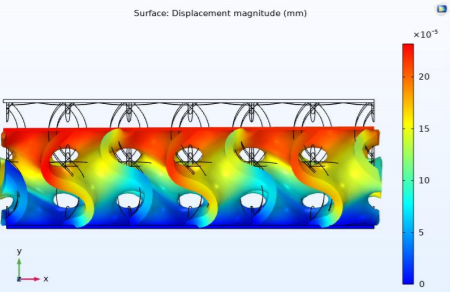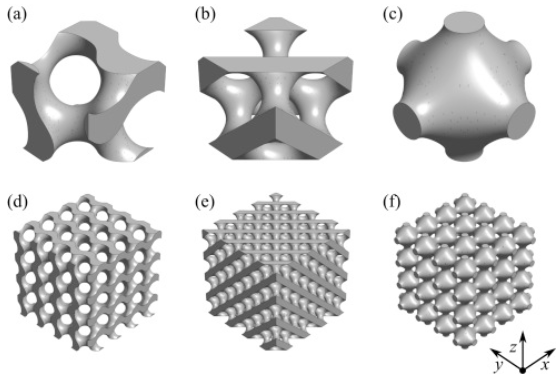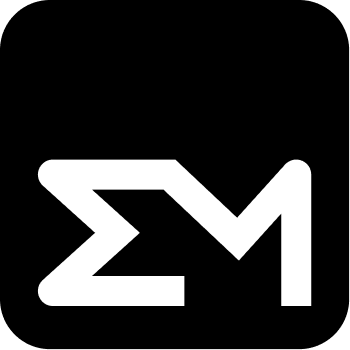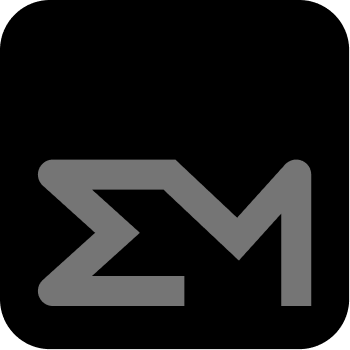At CentraleSupelec, I partook in a joint research project between the school and the Safran group to research support structure optimization for complex parts with regards to Selective Laser Melting (SLM) manufacturing.
The problem was approached in two ways, with a mathematical approach, using FEM to comprehend the multi-physics environment behind the SLM process, and a simulation approach, where the part, the support unit cells, and the overall SLM process were run through a variety of physics coupled simulations to determine which kind of support was most efficient. My role within the research team was to build the thermo-mechanical simulations and analyze the results.
Initial simulation methods proved difficult due to the plethora of forces applied on the part where the laser melts the metal powder, so the first series of simulations consisted in demonstrating that many of the forces present were negligible within the wider model, most notably, acoustic, fluid mechanics, and forces due to evaporation.
Thermo-mechanical simulations were then run on the unsupported part to identify critical weaknesses, and similar simulations were run on support patterns to identify their strengths.
Finally, using cutting-edge additive manufacturing simulation software, support generating algorithms were run to create a support structure that had the desired physical properties and feasible geometry.
A research summary/confidential paper was then submitted to the company synthetizing the two approach methods, and submitting a recommended 3D support structure.
